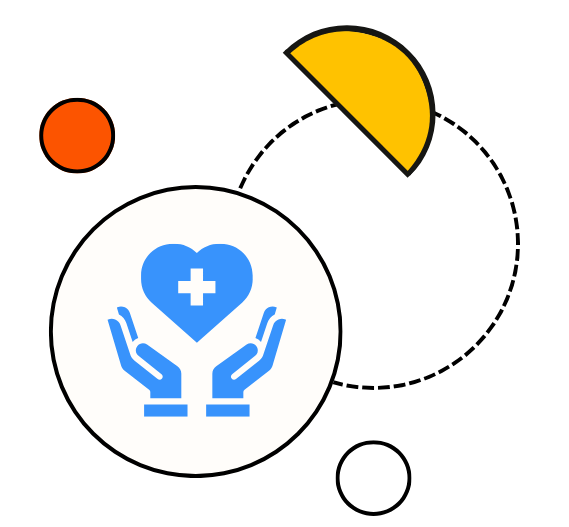There’s a lot of buzz about patient engagement, with some proponents going so far as to suggest that patient engagement is the answer to the triple aim: the thinking is that an engaged patient is more compliant, which will facilitate behavioral modification and improve outcomes, which in turn will increase satisfaction, improve population health, and lower costs. The presumption is that patients want to be engaged in their healthcare decision-making, and those who are engaged as decision-makers tend to be healthier and have better outcomes.
Whether patient engagement is actually the answer to all of our problems remains to be seen, but the imperative to address it has never been as clear as it is today. CVS, Walgreens, and Walmart want to be the literal front-door of healthcare, and Apple, Amazon, and Google are after the virtual front door. Anyone watching the latest healthcare hires these firms are making, and their patent applications, knows they don’t plan to stop there. These are organizations that cut their teeth on creating customer convenience and a cohesive engaging experience.
Across the industry, therefore, we’re seeing more focus on patient engagement. But what is an engaged patient, and how do we benchmark and track engagement over time?
Our experience has made it amply clear that satisfaction scores are a poor indicator of success engaging patients.
- In one study we conducted, most participants expressed satisfaction with the amount of healthcare information available to them. When we dug deeper, however, we found that many also expressed significant dissatisfaction when asked about cost transparency, a critical element in healthcare decision-making.
- Similarly, most primary care physicians get very high satisfaction ratings from their patients, but again, when we dig deeper, are very dissatisfied with the days and hours their PCP’s office is open and their ability to get an appointment with their PCP on a timely basis.
If you’re embarking on an effort to increase patient engagement, a critical element is defining what engagement means and how it will be measured.



